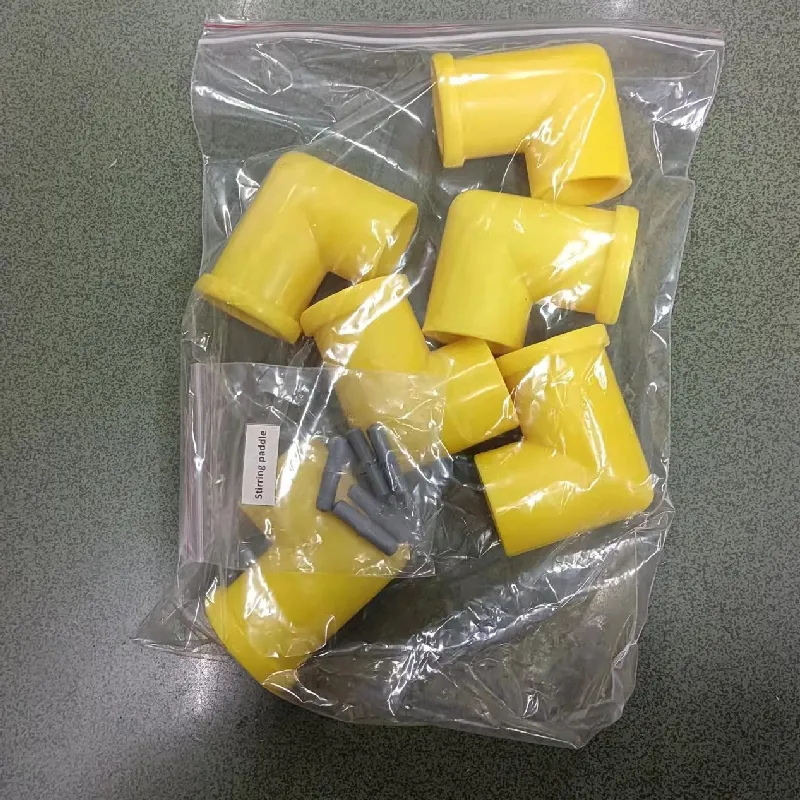 English
English



-
 Afrikaans
Afrikaans -
 Albanian
Albanian -
 Amharic
Amharic -
 Arabic
Arabic -
 Armenian
Armenian -
 Azerbaijani
Azerbaijani -
 Basque
Basque -
 Belarusian
Belarusian -
 Bengali
Bengali -
 Bosnian
Bosnian -
 Bulgarian
Bulgarian -
 Catalan
Catalan -
 Cebuano
Cebuano -
 China
China -
 China (Taiwan)
China (Taiwan) -
 Corsican
Corsican -
 Croatian
Croatian -
 Czech
Czech -
 Danish
Danish -
 Dutch
Dutch -
 English
English -
 Esperanto
Esperanto -
 Estonian
Estonian -
 Finnish
Finnish -
 French
French -
 Frisian
Frisian -
 Galician
Galician -
 Georgian
Georgian -
 German
German -
 Greek
Greek -
 Gujarati
Gujarati -
 Haitian Creole
Haitian Creole -
 hausa
hausa -
 hawaiian
hawaiian -
 Hebrew
Hebrew -
 Hindi
Hindi -
 Miao
Miao -
 Hungarian
Hungarian -
 Icelandic
Icelandic -
 igbo
igbo -
 Indonesian
Indonesian -
 irish
irish -
 Italian
Italian -
 Japanese
Japanese -
 Javanese
Javanese -
 Kannada
Kannada -
 kazakh
kazakh -
 Khmer
Khmer -
 Rwandese
Rwandese -
 Korean
Korean -
 Kurdish
Kurdish -
 Kyrgyz
Kyrgyz -
 Lao
Lao -
 Latin
Latin -
 Latvian
Latvian -
 Lithuanian
Lithuanian -
 Luxembourgish
Luxembourgish -
 Macedonian
Macedonian -
 Malgashi
Malgashi -
 Malay
Malay -
 Malayalam
Malayalam -
 Maltese
Maltese -
 Maori
Maori -
 Marathi
Marathi -
 Mongolian
Mongolian -
 Myanmar
Myanmar -
 Nepali
Nepali -
 Norwegian
Norwegian -
 Norwegian
Norwegian -
 Occitan
Occitan -
 Pashto
Pashto -
 Persian
Persian -
 Polish
Polish -
 Portuguese
Portuguese -
 Punjabi
Punjabi -
 Romanian
Romanian -
 Russian
Russian -
 Samoan
Samoan -
 Scottish Gaelic
Scottish Gaelic -
 Serbian
Serbian -
 Sesotho
Sesotho -
 Shona
Shona -
 Sindhi
Sindhi -
 Sinhala
Sinhala -
 Slovak
Slovak -
 Slovenian
Slovenian -
 Somali
Somali -
 Spanish
Spanish -
 Sundanese
Sundanese -
 Swahili
Swahili -
 Swedish
Swedish -
 Tagalog
Tagalog -
 Tajik
Tajik -
 Tamil
Tamil -
 Tatar
Tatar -
 Telugu
Telugu -
 Thai
Thai -
 Turkish
Turkish -
 Turkmen
Turkmen -
 Ukrainian
Ukrainian -
 Urdu
Urdu -
 Uighur
Uighur -
 Uzbek
Uzbek -
 Vietnamese
Vietnamese -
 Welsh
Welsh -
 Bantu
Bantu -
 Yiddish
Yiddish -
 Yoruba
Yoruba -
 Zulu
Zulu
current transformer knee point
Understanding the Current Transformer Knee Point
Current transformers (CTs) play a critical role in electrical systems, particularly in the measurement and protection of electrical circuits. They are designed to provide a proportional representation of the electrical current flowing through a conductor, enabling accurate readings and facilitating protection mechanisms. One essential concept associated with current transformers is the knee point. Understanding the knee point is vital for engineers and technicians involved in the design, installation, and maintenance of electrical systems.
What is the Knee Point?
The knee point of a current transformer is defined as the point on the magnetization curve of the transformer where the core begins to saturate significantly. This saturation point affects the transformer's ability to accurately reproduce current levels, particularly during fault conditions. In practical terms, when the knee point is reached, any additional increase in primary current results in a disproportionately smaller increase in secondary current. This behavior can lead to inaccuracies in current measurement and can affect the functioning of protective relays, which rely on accurate current data to operate effectively.
Significance of the Knee Point
The knee point is crucial for two main reasons accuracy and protection. Firstly, during normal operating conditions, the transformer should provide an accurate ratio of primary to secondary current. If the knee point is not clearly defined or if the system operates above this level, the secondary current will not reflect the actual current conditions, leading to erroneous readings. This can have serious implications for the overall operation of the electrical system.
Secondly, the knee point is vital for the protective mechanisms in place. Protective relays and circuit breakers are designed to react based on the current levels they measure. If a current transformer is operating in saturation, the protective devices might not trigger during fault conditions, which could lead to equipment damage or worse, hazardous situations for personnel.
current transformer knee point

Determining the Knee Point
The knee point is typically determined during the testing of current transformers. Testers often conduct a polarity test and a ratio test to establish the linearity of the transformer under different load conditions. The knee point can be identified on the magnetization curve where the slope begins to decline significantly, indicating the onset of saturation. It is recommended for engineers to refer to the manufacturer's specifications to understand the knee point value for specific transformers, as this can vary between different models and manufacturers.
Applications and Standards
In practice, the knee point is particularly relevant in the context of protection class current transformers, which are designed to operate reliably under fault conditions. Standards such as IEC 61869-2 and IEEE C57.13 provide guidelines for the testing and performance of current transformers, including their knee points. Engineers and designers must ensure that the knee point is applied during system design to enhance both the accuracy of current readings and the reliability of protection schemes.
Conclusion
The current transformer knee point is a fundamental concept that directly impacts the performance and safety of electrical systems. Understanding its implications allows engineers to select the appropriate transformers for their applications and to design systems that uphold both measurement accuracy and protective integrity. By paying attention to the knee point, professionals can prevent operational failures, safeguard equipment, and ensure a safe working environment in electrical installations. Proper consideration of this critical element ultimately leads to more reliable and efficient electrical power systems.
-
Exploring the Main Types of Industrial Endoscopes and Their Applications Across IndustriesNewsJul.04,2025
-
Testing Equipment Industry Sees Major Advancements in 2025: Smart & Precision Technologies Lead the WayNewsJun.06,2025
-
Applications of Direct Current Generators in Renewable Energy SystemsNewsJun.05,2025
-
Hipot Tester Calibration and Accuracy GuidelinesNewsJun.05,2025
-
Digital Circuit Breaker Analyzer Features and BenefitsNewsJun.05,2025
-
Benefits of Real-Time Power Quality Monitoring Devices for Industrial EfficiencyNewsJun.05,2025



